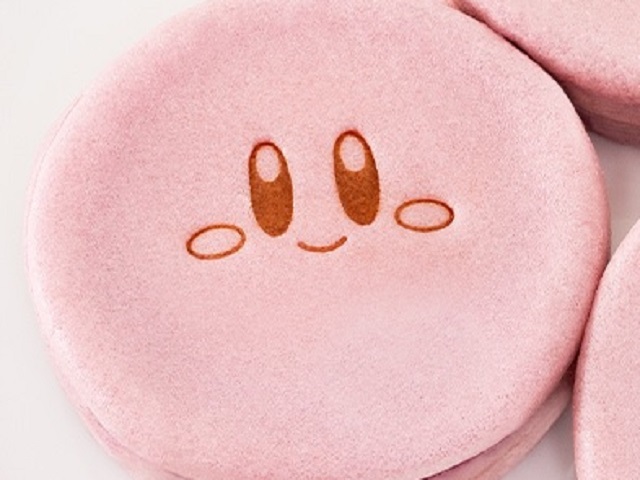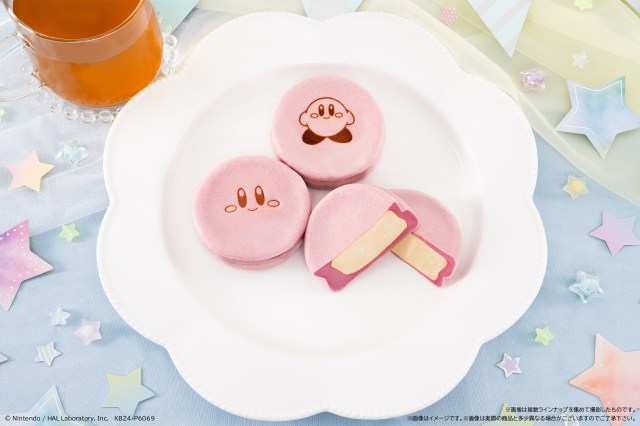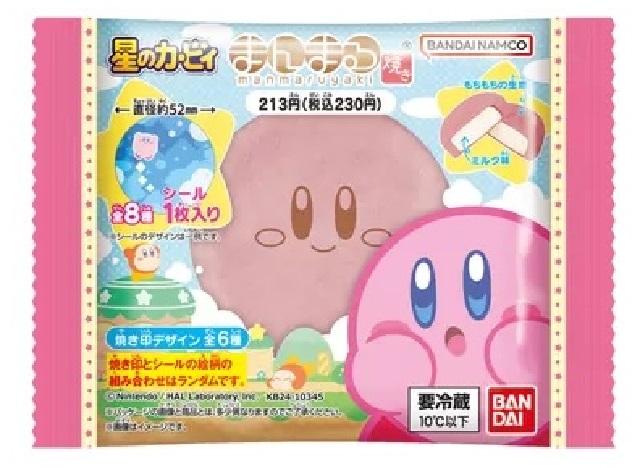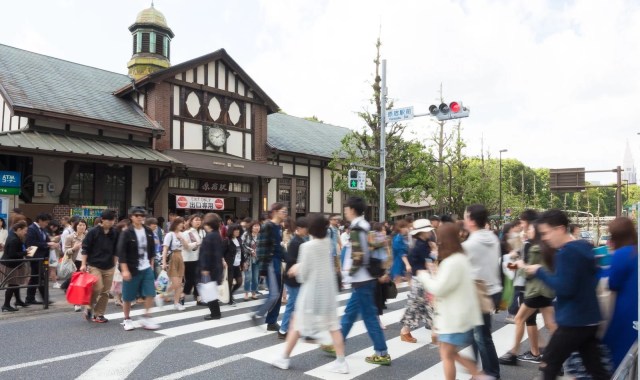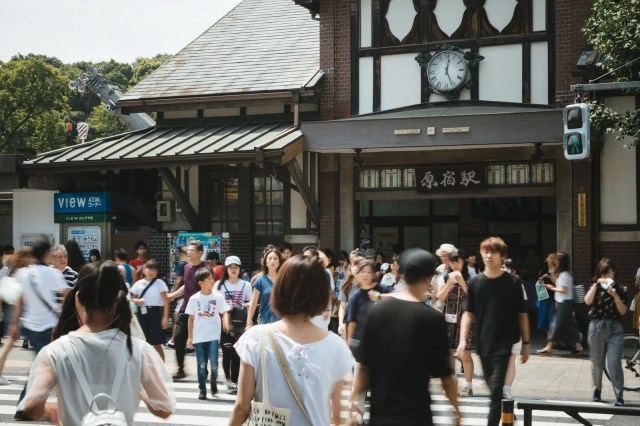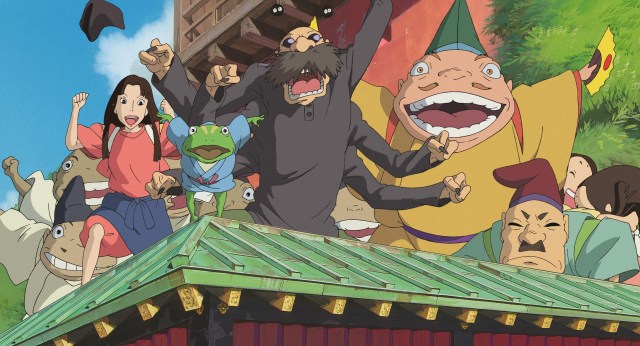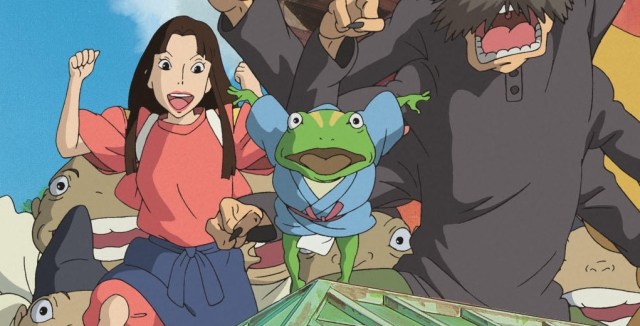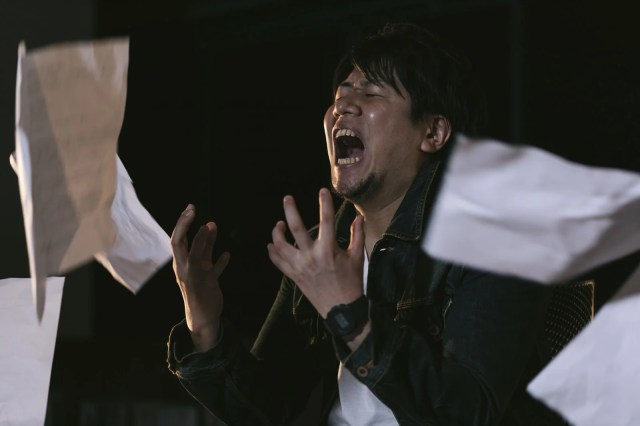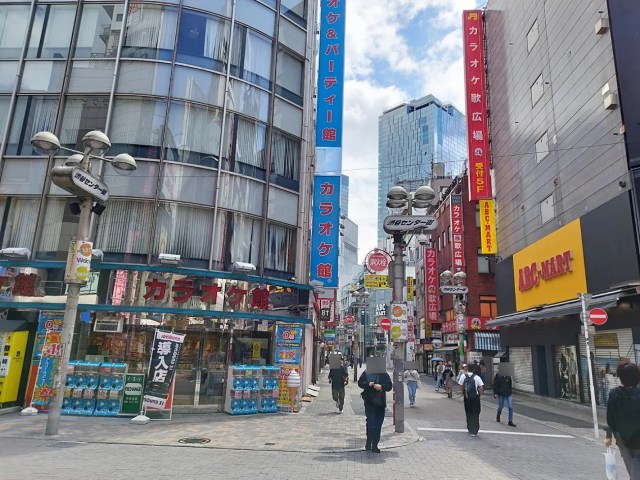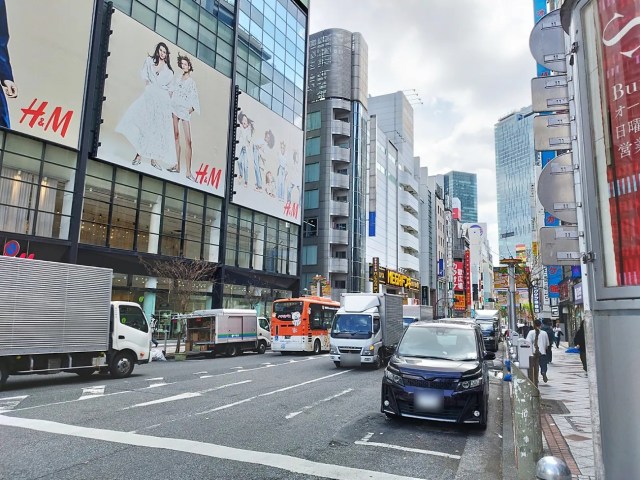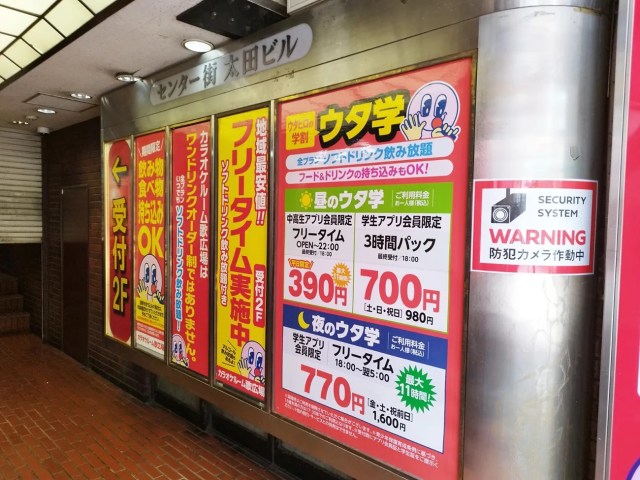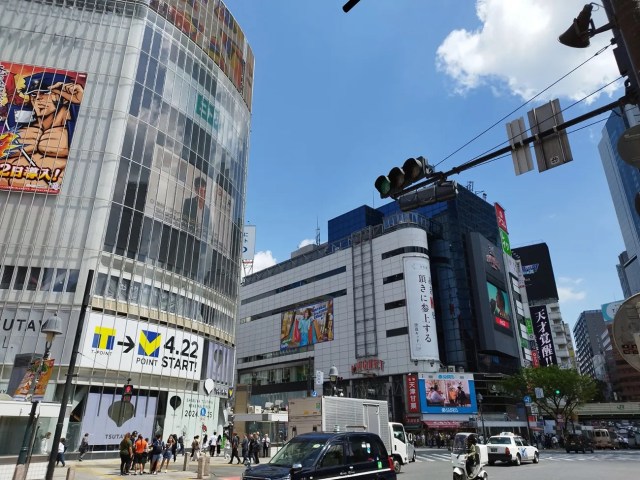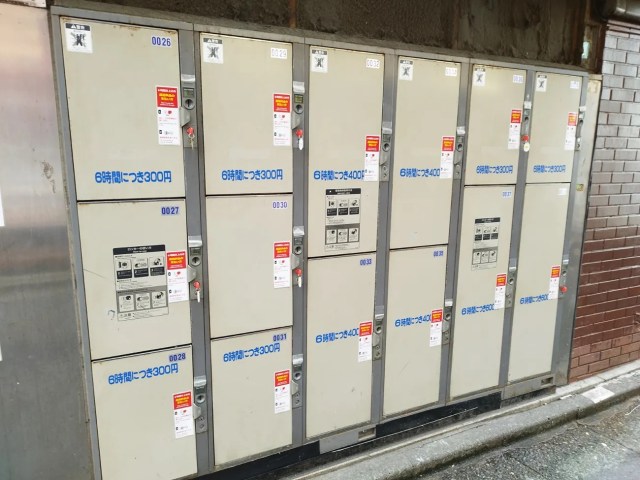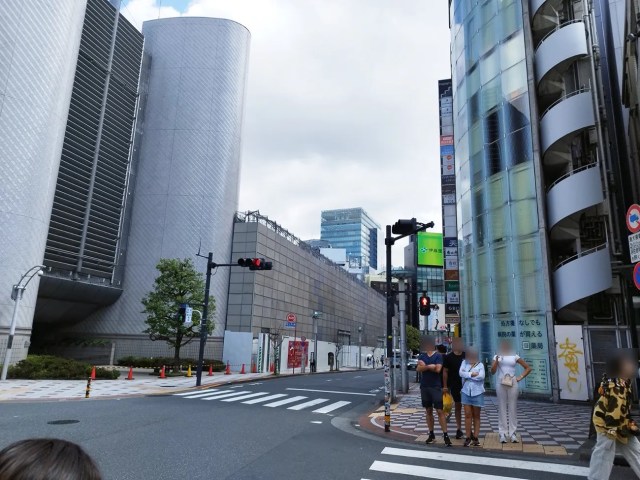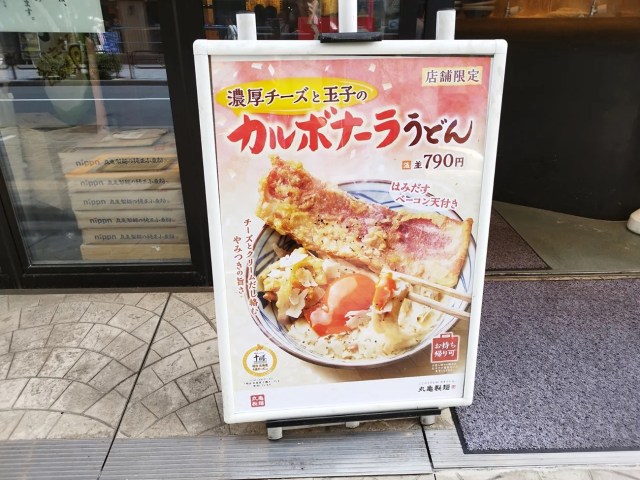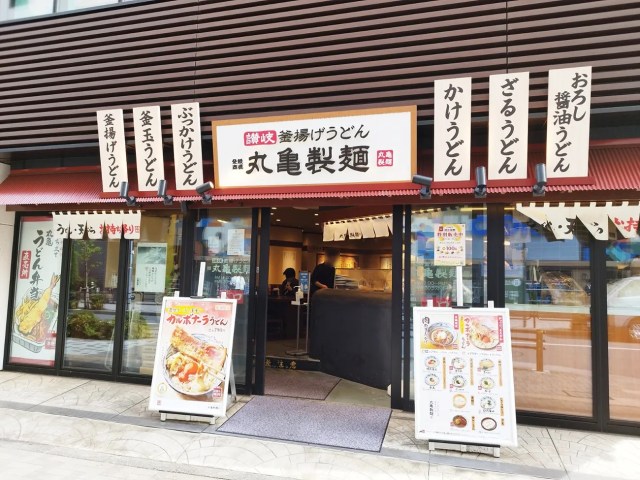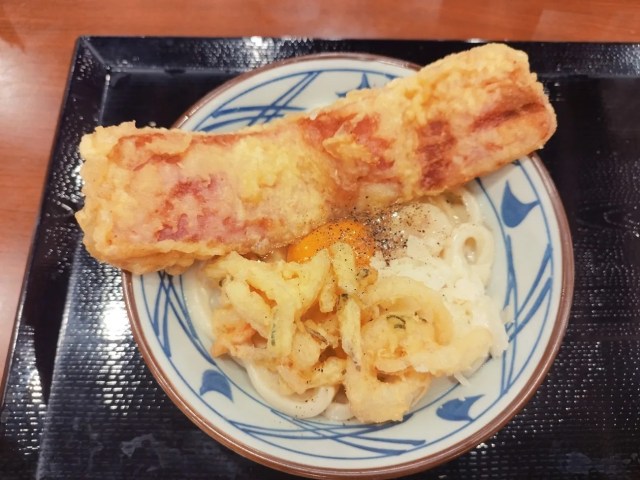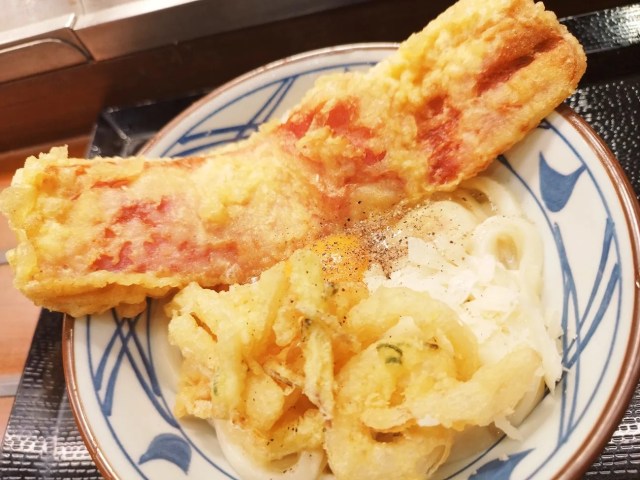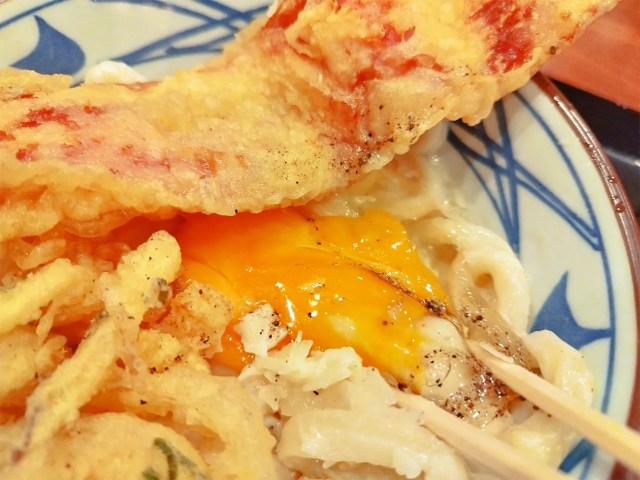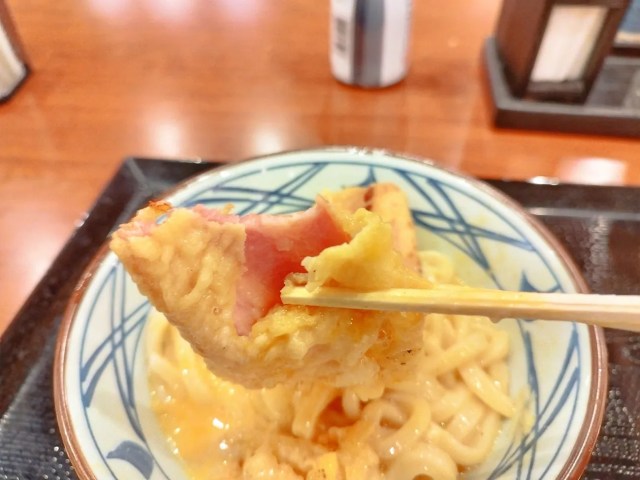Osaka governor suggests lowering voting age to 0 to curb population decline

Desperate times…
The declining population issue in Japan has long been discussed with several eventual doomsday scenarios brought up, from an entire country of people named “Sato” to a more recent study suggesting that upwards of 40 percent of local governments are at risk of going extinct in the next few decades.
And yet, we’ve seen very little in the form of tangible solutions to boost the birthrate, namely alleviating the crippling economic and social factors that make having a kid far less attractive than just traveling or hanging out and playing PlayStation in what little free time people have.
While discussing the issues at a press conference on 25 April, Governor Hirofumi Yoshimura of Osaka Prefecture threw out a novel idea that people didn’t seem ready to hear. He suggested giving everyone the right to vote regardless of age, meaning that even a newborn baby would have a valid vote in elections despite not even knowing what their feet are used for.
▼ A baby twenty seconds into a lecture on how to detect gerrymandering

The idea appeared more as if Yoshimura was spitballing than declaring any concrete plans for election reform, but it drew a lot of criticism from comments online.
“He’s not making sense. I think the Expo is breaking his mind.”
“If I was a reporter I’d ask if it’s OK to pull kids from orphanages for their votes.”
“If children were given the right to vote, some parents would be easily brainwashed into voting for dangerous parties.”
“That’s not a simple policy change. It would be a constitutional amendment.”
“Of course, because Ishin [Yoshimura’s party] is so good at duping the child-rearing generation, they can get more votes.”
“They should cut off voting rights at 75 instead.”
“I don’t think children should have the right to vote, because they can be bullied or pressured by their teachers.”
What Yoshimura was suggesting is called “Demeny voting”, after Hungarian Paul Demeny who popularized the idea in recent years. The core concept is that kids under the conventional voting age could have their votes deferred to their parents, in essence giving a parent an additional vote per child under the voting age. Granted, purists would call this incredibly undemocratic but it does address a crucial problem head-on.
As the birthrate declines so too does the population of parents which in turn makes them less powerful as a voting demographic. As they continue to shrink in numbers, politicians will grow less interested in attending to their needs, thus moving us farther away from any policy that might improve the overall situation.
From a purely pragmatic view, Demeny voting makes sense, and there are other benefits of offering the chance to vote to people at a younger age by making them more aware and interested in the political system so they don’t grow into apathetic voters as adults.
▼ So, by applying the Schwartzberg Measure when changes occur in the electoral dis… Hey! This is important!

On the other hand, there’s also a whole can of worms in terms of practical issues like who gets the vote when each parent supports different candidates, what happens when parents divorce and remarry, and if non-citizens suddenly get to vote if their children are citizens.
Issues like these, and the fact that most people seem to utterly loathe the idea in general, suggest it may never happen in Japan. Still, it’s a lot better to see people in positions of power thinking big rather than churning out half-measures like dating apps and government-mandated nagging that don’t tackle the underlying problems.
Source: Kyodo, Hachima Kiko
Featured image: Pakutaso
Insert image: Pakutaso 1, 2
● Want to hear about SoraNews24’s latest articles as soon as they’re published? Follow us on Facebook and Twitter!
Credit:

